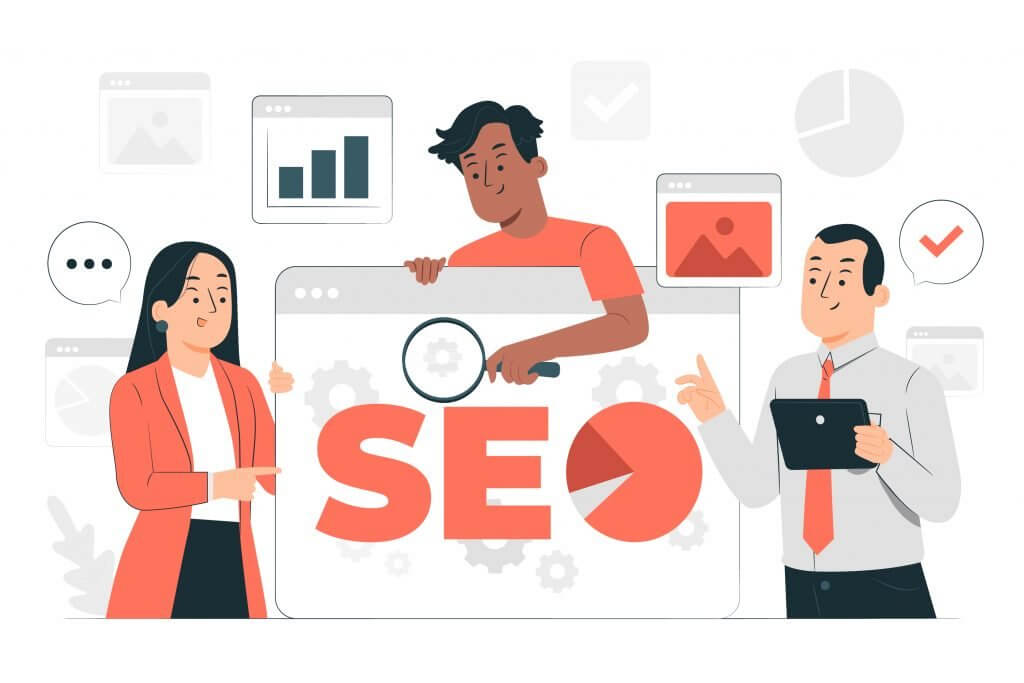Email marketing is one of the most cost-effective marketing channels where you can build awareness with your prospects. Unlike traditional marketing and social media, sending emails helps you deliver messages to your audience more directly. Though Facebook, Instagram, and Twitter are the biggest platforms today, you should not underestimate the power of email marketing.
When done effectively, emails can generate more leads and nurture existing customers. It can be a solid marketing tool for foodservice businesses to help them spread their brand message and establish trust among prospective buyers.
However, email marketing involves a strategic process to bring a significant return on investment. Highly-effective marketing campaigns involve proper copywriting, compelling design, personalisation, and segmentation.
Email Marketing Tips for Foodservice Businesses
In this blog, you will learn the best email tips to fuel your food service business.

-
Personalise your email
Customers don’t have time to engage with generic emails. They expect to receive emails that are aligned with their needs and preferences. Before sending any email campaign, keep in mind that you should define your target audience. What is your target demographic? What are the problems you are trying to solve? How will your products and services be of benefit to them?
Once you have a deeper understanding of your target audience, you can create effective and engaging emails that will grab their attention and influence their buying decision.
-
Send a warm welcome email
When a lead signs up to your form or subscribes to your newsletter, the first thing that you will send is the welcome email. It is used to welcome a prospect or a new customer to your business. The first email has to be good as this creates a strong impression and affects how people perceive your brand.
Welcome emails often include a thank you note, company introduction, and helpful tips. Include clever calls to action (CTAs), keep content light and engaging, and encourage your recipients to follow you on social media.
-
Make sure your email looks professional
An effective email starts with an eye-catching design. It allows you to convey your message clearly and make readers consume your content. Though we are now in the digital age, you’ll be surprised how many businesses don’t put effort into creating quality emails. Sending non-formatted emails gives a bad user experience, leading to lower open rates.
You can use email templates to design your email or hire an email marketing expert to do the work for you. Ensure that your emails are responsive and can adjust to different screen sizes, both on mobile and desktop. Keep the paragraphs short and put emphasis on important keywords. Use images sparingly and utilise bullet points to make it easier for your readers to skim and digest your content.
-
Provide Social Proof
Online reviews and customer testimonials boost your brand credibility. It makes people trust your brand and eliminate any doubts. About 90% of consumers look for reviews before they make a purchase. It sets what experience can people expect from your business.
Instead of just sharing customer testimonials in the form of quotes, you can make it more effective by shaping it like a story. If you’re in the food service business selling kitchen equipment, tell about your customers’ experience when using your products. Share how satisfied they are, and highlight the value that your products give to them.
-
Perform A/B testing
To identify what email strategy works best for you, it is important to perform A/B testing. Also called split testing, A/B testing is the method of assessing the success of your email campaign by setting up different variations. You can perform it on your email design, subject lines, email copy, and even on your social media posts and website pages.
Performing A/B testing also helps you understand what factors drive clicks, engagement, and conversions. By comparing one variable to another, you will be able to determine the success or failure of your email campaigns. Knowing what is the right email and content to send to your recipients can help you save costs and time. A/B testing can help optimize your sales funnel and reduce bounce rates.
-
Create an email plan
Before you send out your email campaigns, it is essential to get everything on the right track. Are you going to send your emails manually or will you be using an automation tool? How big is your database? Create a detailed plan that outlines your processes, strategies, and email content.
Determine how many emails you would like to send. You can send weekly emails, monthly emails, and other time-sensitive promotional emails. If you have an amazing deal or a limited-offer deal, plan it ahead of time instead of sending the email untimely. Having an email content strategy gives you a bird’s-eye view of your email marketing activities, from ideas, design, and content, to tracking analytics and creating actionable plans.
Start Your Email Marketing Strategy Today
If you are in the foodservice business, utilising email marketing can put you at a strong advantage. It offers numerous benefits, helping you attract more leads and grow your customer base.
At Clover Marketing, we help businesses build their online presence and drive more revenue by setting up targeted email campaigns that get clicks and conversions. Whether you want it done-with-you or done-for-you, we’re always ready to help. Reach out to our team today to get started.







